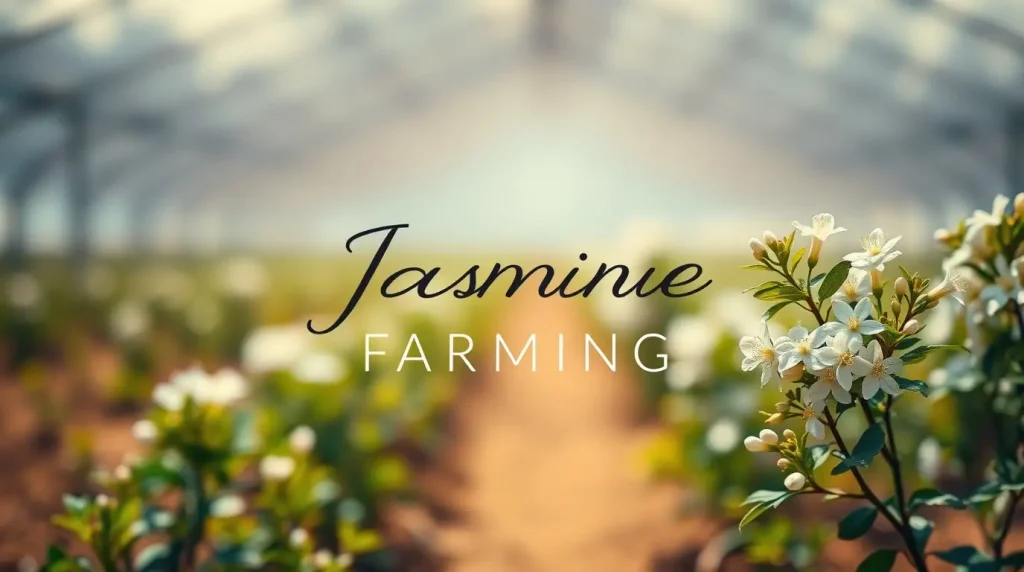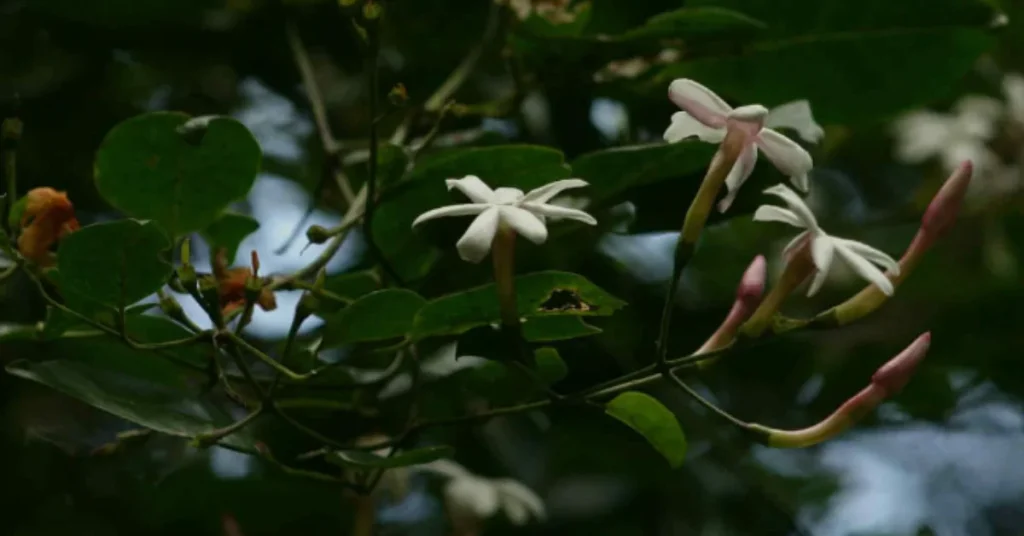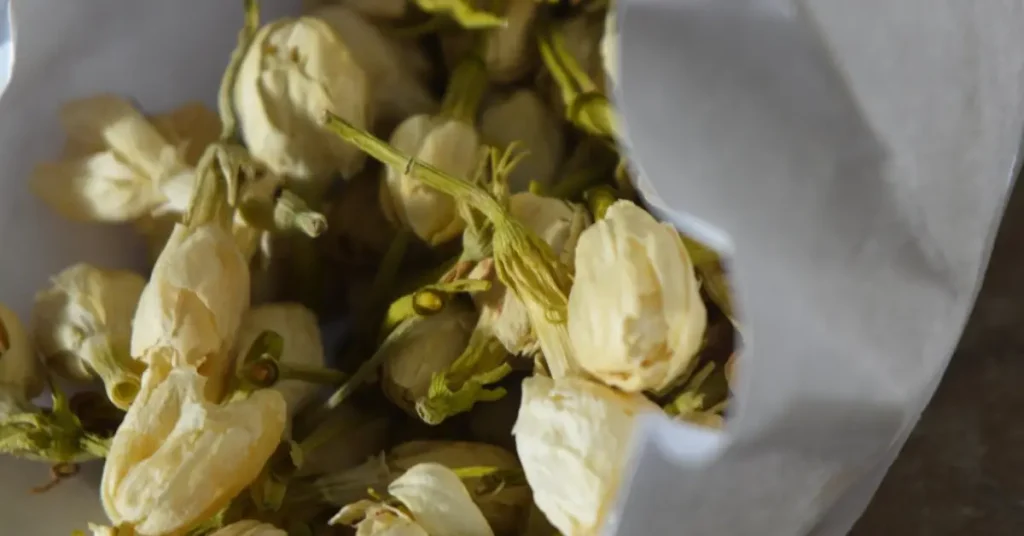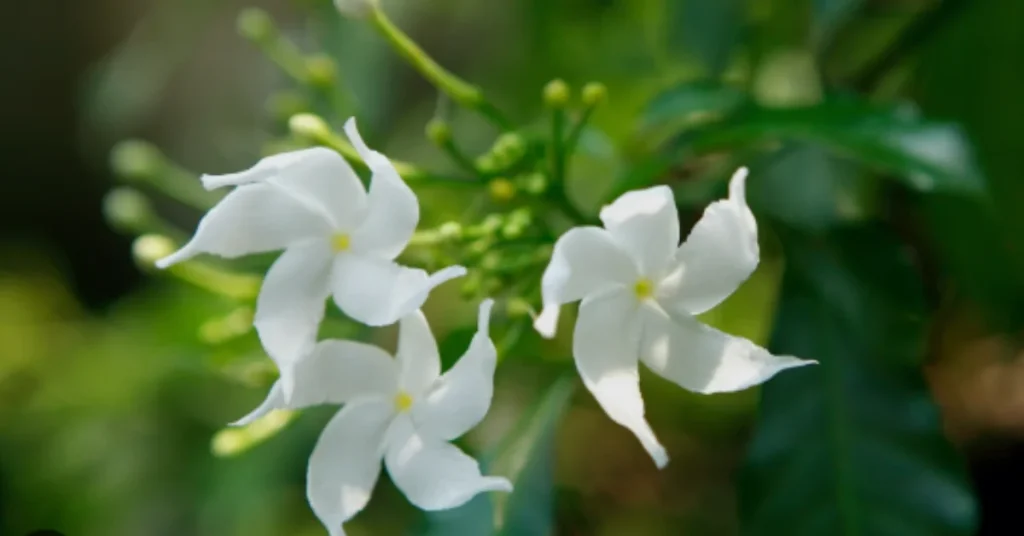Chameli Flower, Jasmine, History, Cultivation and Varieties
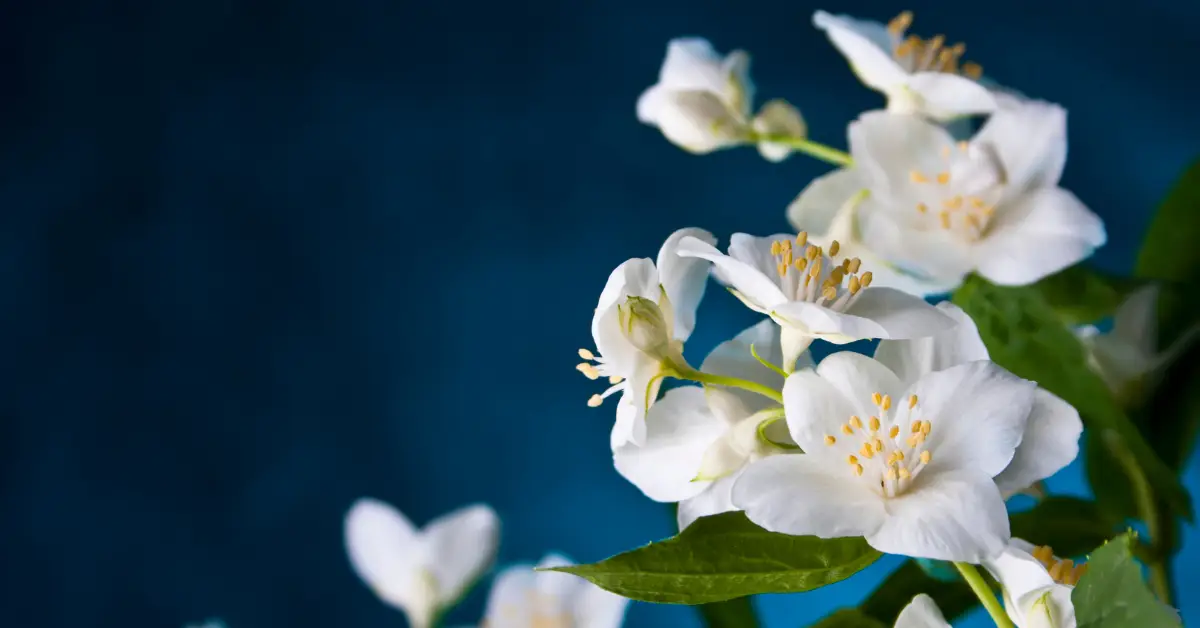
“The jasmine is a flower that perfumes the air with its delicate scent.”
– Jean de La Fontaine
The Chameli flower (Jasminum officinale) also called Common Jasmine or Summer Jasmine is very well known for its divine fragrance, and its beautiful white color, which is used as ornamental on a large scale at homes, gardens and courtyards.
Basically, this word originated from an Arabic language word “Yasmin” which means “a fragrant flower or gift from God.”
Approximately 200 chameli species have been found all around the world. Jasmin Sambac (Motia) also known as Sampaguita and Grand Duke of Tuscany Jasmine is the National Flower of Phillippine and majorly grown in India and Pakistan. It is a sprawling shrub or vine with scented tiny white blooms and glossy dark green leaves.
The beautiful smell of the flower gives us positive vibes of love, happiness, purity and calmness. Even your loved ones would feel special by receiving Jasmin bangles.

Brief History And Origin Of Jasmine Flower
The native Asian plant has originated from Persia and Iran, believed by botanists. Later, this flower crossed the Red Sea and began to grow in Turkey (now Türkiya) and Greece in early 1000 B.C.
It was an era of 960 to 1279 A.D when one of China’s dynasties named “China’s Sung Dynasty” found the fragrance unique, divine, and unforgettable. And then ordered to grow the plants all around their accommodation. In the late 1600s jasmine flower was introduced in European countries like France and Italy.
In the 1700s Arabian Jasmine came to the Philippines, the nation loved the eternal fragrance of the flower and made it a sign of love, purity, simplicity, humanity, and strength. Since 1934, considered a national sign of the Philippines. Furthermore, it is known as the National Flower of Pakistan.
Cultivation Of Jasmine Flower
It can be enjoyable to grow jasmine blossoms. Jasmines are well-recognized for their lovely flowers and fragrant scent. They can either be cultivated indoors or outdoors depending on the kind and choices.
Soil
The nature of the soil is the most important parameter in the better growth of plants.
For Jasmin, well drained clay to sandy loam soil is the best with pH 6.0 and 7.0. Add organic matter or rotted manure.
In jasmine cultivation, organic matter is essential for promoting healthy growth and flowering.
Land Preparation Before Cultivation
First, make sure that your land should be free from weeds and any kind of extraneous matter that could harm your field and crop. Initial ploughings make your field weeds free easily. Construct pits of about 30 x 30 x 30 cm with a spacing of 1.25 m and keep them open for 30 days in sunlight. Mix approximately 10kg FYM (Farmyard Manure) in the soil. For growing in a container, choose a pot with diameter of 45cm.
Sowing of Seeds
After the preparation of land for your cultivation.
It’s time for sowing. For Jasmine, the best time for sowing is June to November. As there are more than 200 species of Jasmine flower, each variety of chambeli needs different spacing.
Jasmin sambac needs spacing of 1.5m x 1.5m.
Spacing depth should not exceed 15cm.
Propagation
There are different gardening techniques for Jasminum. It can be propagated in a number of ways including cutting, layering, grafting, budding and tissue culture.
let’s have these methods at a glance.
Cutting
Take a section from the healthy part, dip the cut end into root hormone to boost up root development. Drain the end into well-mixed potted plant, water it to maintain humidity level and after root development, transplant it into a larger pot or directly to your home garden outer space.
Layering
This is an effective method for plants having low branches with resilient stems.
In this method plant remains attached to the parental plant for root development.
Select a branch with low or no growth. Scrap a wound where you want roots to grow, and embed the scraped section in the soil while the tip remains exposed over the soil. With a certain time roots start to develop and then you can transplant it by detaching it from the parent plant.
Grafting
Joining of twig to rhizome is a method used to protect specific varieties of Jasmin.
Select a wholesome, fresh stem of the jasmine breed you wish to cultivate. Remember, a healthy chosen stem have the ability to resist diseases. Obliquely cut both the twig and the rhizome, tie them with the rubber band and leave them for sometime for proper growth and development. Once growth occurs, you can place it in your garden or elsewhere.
Budding
A similar method as grafting in which a single bud gets involved. Similarly, as in grafting, choose healthy bud from your desired jasmine plant. The plant must have a strong rootstock. Now for patch budding make a cut in a circular direction and place the bud under the bark. Tie them with securing tape, and allow them to grow properly.
Tissue Culture
This is the most advanced technique used for mass propagation and to preserve the special varieties of jasmine plants. Take a small sample from a plant, allow it for sterilization for the removal of any kind of contaminants, and place it in a nutrient-dense medium under a controlled environment, these tissue sample grows into multiple small plants which can be then transplanted into pots or your garden ground.
Types Of Jasmine Flower
Jasmine flowers come in different varieties (more than 200) and colors to suit your preferences, whether you want to create a serene white garden, a vibrant and colorful floral arrangement, DIY crafts and decorations, recipes and culinary uses, or simply enjoy their fragrance. You can make your surroundings more elegant with these lovely blooms and enjoy the benefits.
Angel Wing Jasmine
Also called “shining jasmine”. It consists of white pointed petals with incredible scent. This variety of jasmine is bigger as compared to other species. They have been grown with a good speed time. So keep a good eye on when they are in their growth period.
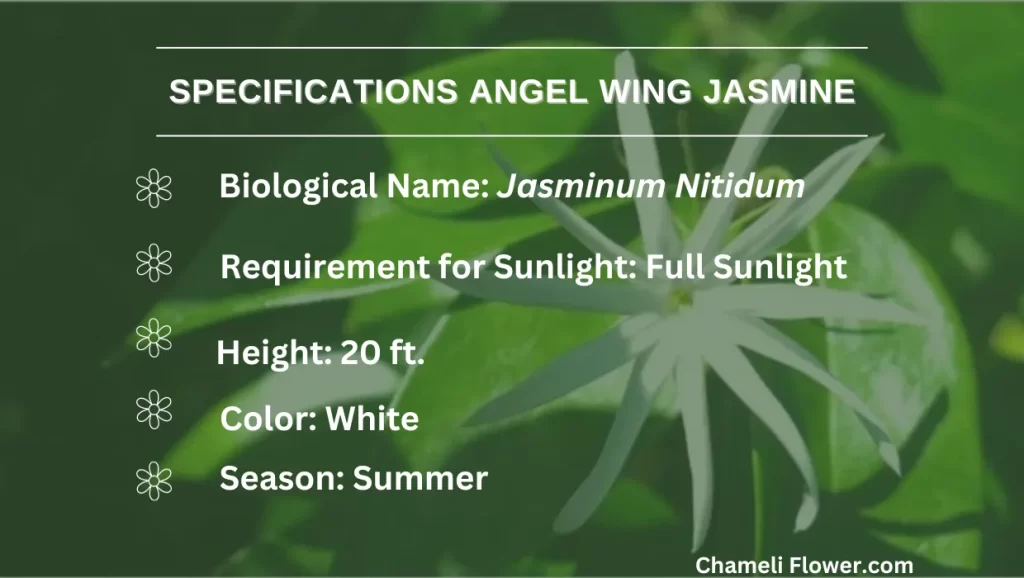
Dwarf Jasmine
You can either call them “HIMALAYAN JASMINE” or “PARKER JASMINE”. These small, yellow flowers usually grow near ground level. They cannot grow at higher heights but have a spread of a few feet. Although they don’t possess a strong scent but still used by people for their floral arrangements in different events. Though the flowers bloom only in the summer, the evergreen foliage remains stunning all year round.
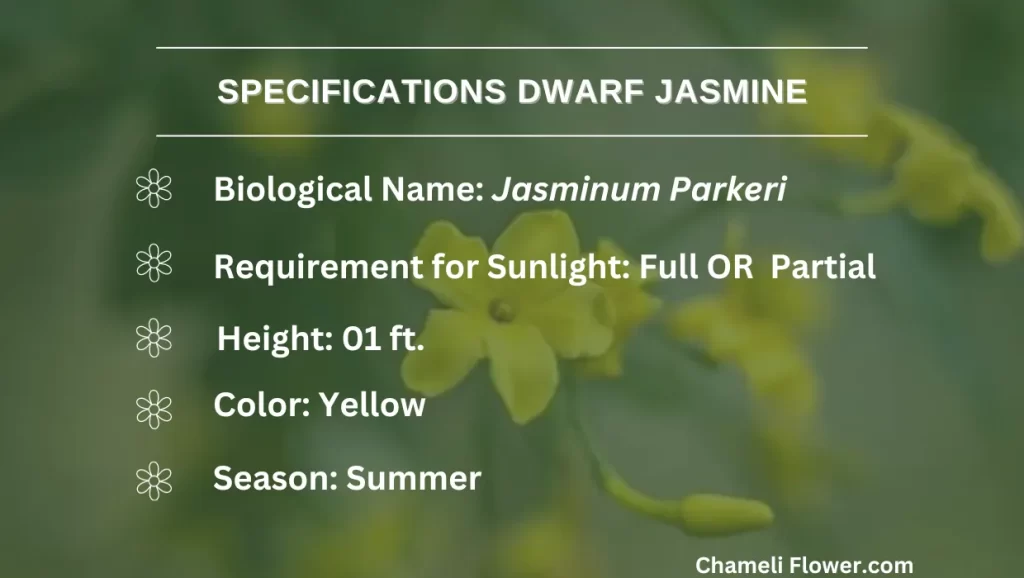
Common Jasmine
This is also known as “POET’S JASMINE”, “WHITE JASMINE”, OR “TRUE JASMINE”.
It is mainly grown in Pakistan. Renowned for their intense fragrance, used in bridal jewelry, and decoration of many events they make a stunning canopy and gateway embellishment. Proper pruning is required to control the growth of this bushy plant.
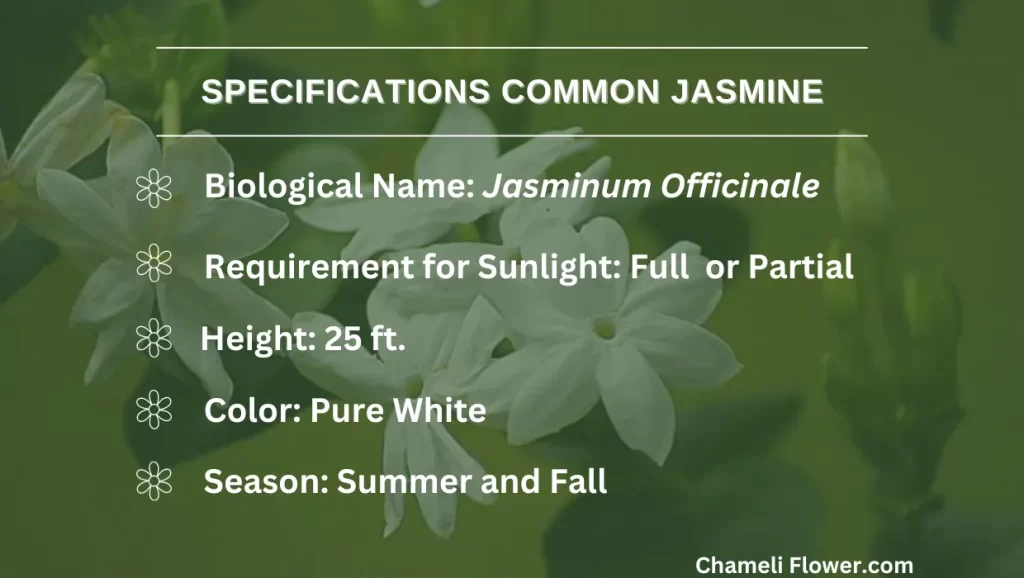
Primrose
A yellow petaled variety of jasmine flowers. They grow in smaller clusters with larger flowers over all its body. Among all regular species, they are more prominent. You can also use them to decorate your fence. It blooms with full color and boldness.
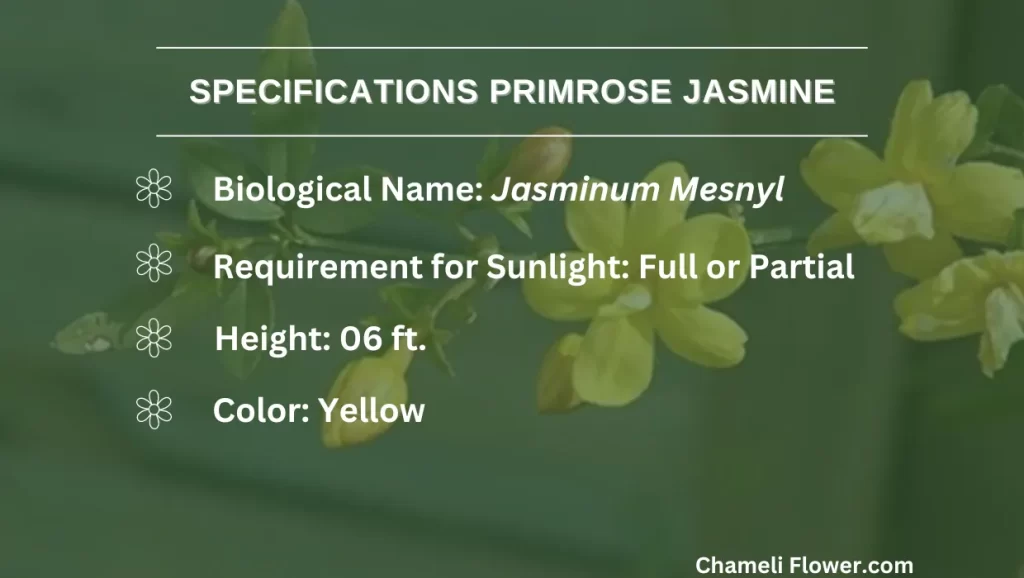
Pink Jasmine
Pinkish flowers Jasmine are native to China. Can be grown easily in households because they can show good growth in sheltered areas too. These flowers have very intense sharp fragrances, who love lighter notes, do not prefer to grow them in their yards. They can grow higher than 25 feet that’s why need support that might be a wooden stem.
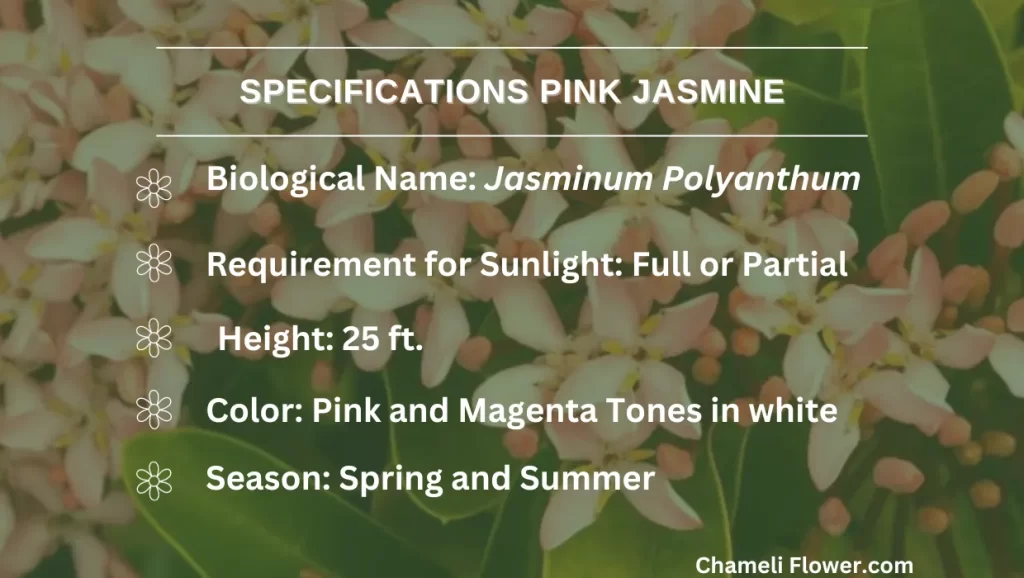
Winter Jasmine
Bright yellow flowers of winter jasmine have a bold fragrance and can be used to décor the borders or use as ground covers. You can easily get them throughout the year as they bloom in late winter.

Forest Jasmine
A variety of jasmine with thick vines. This variety of jasmine is very fertile and grows towards the sun faster. Thicker and glossy leaves with white flowers make them unique from other species.
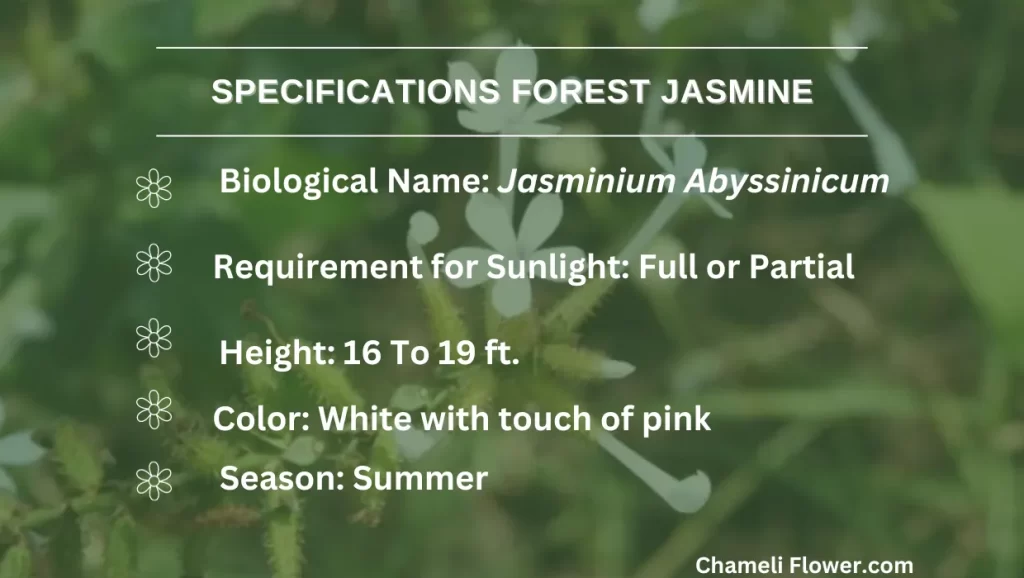
Wild Jasmine
A variety that looks more like a shrub. It is drought tolerant but still needs to water it on a regular basis.
If one wants a fragrant balcony then choose another variety because they are less fragrant and preferably can be used as hanging plants or ground covers.
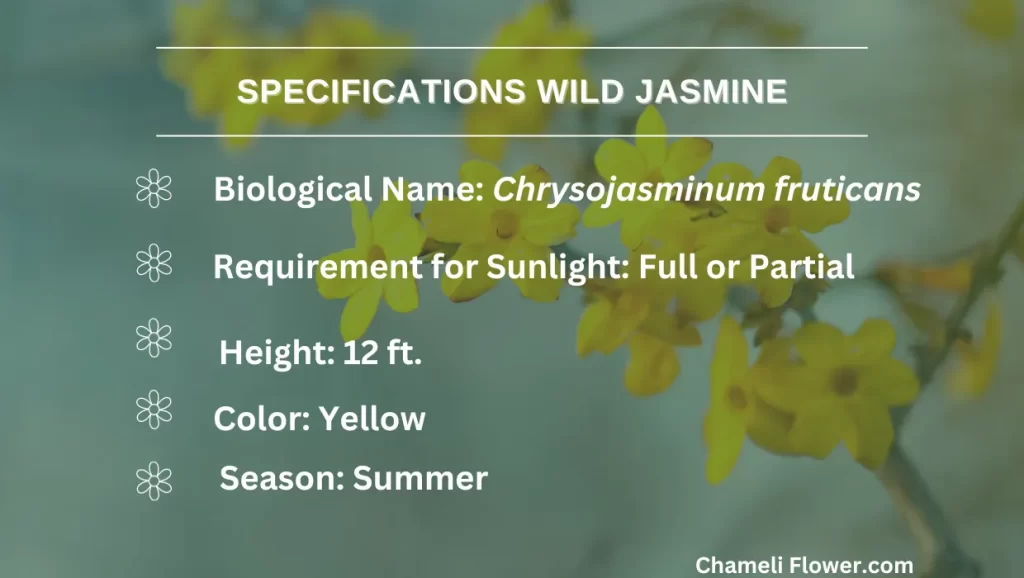
Star Jasmine
Star jasmine is always a point of debate among gardeners if it is real or fake jasmine. This kind of jasmine is native to China and Japan which needs the lowest maintenance but still blooms with whole strength. These flowers consist of star-shaped flowers grow upon velvety leaves in clusters. These flowers turn creamish color as they become mature. They possess a very sweet fragrance that’s spread far wide and grabs attention.
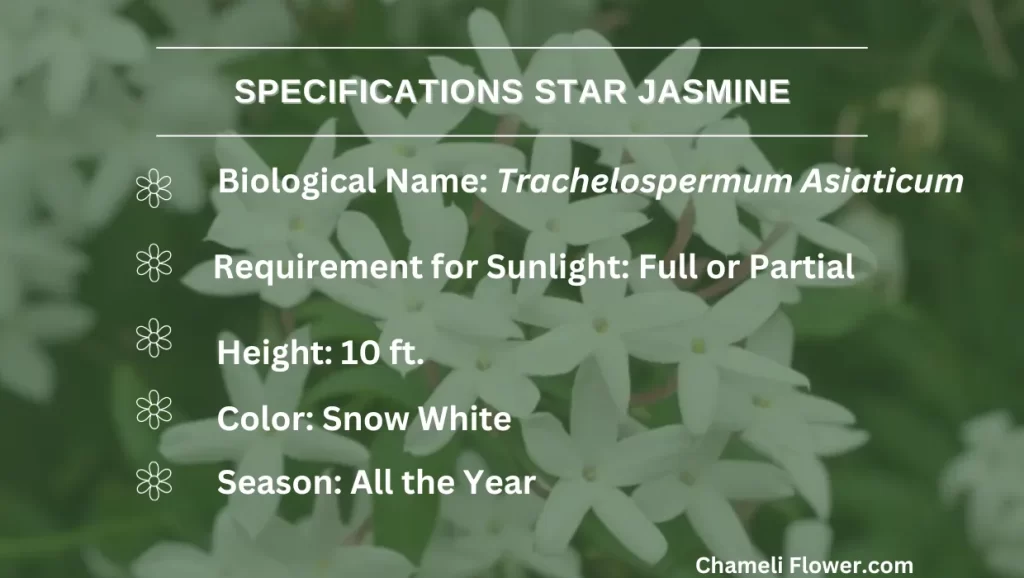
Night Blooming Jasmine
The Cestrum Nocturnum variety is widely found in tropical America and West Indies. These white-to-greenish flowers grow with full strength in direct sunlight. They possess very different yet strong fragrances that become more stronger at night time. It may cause some sort of allergy to some people.
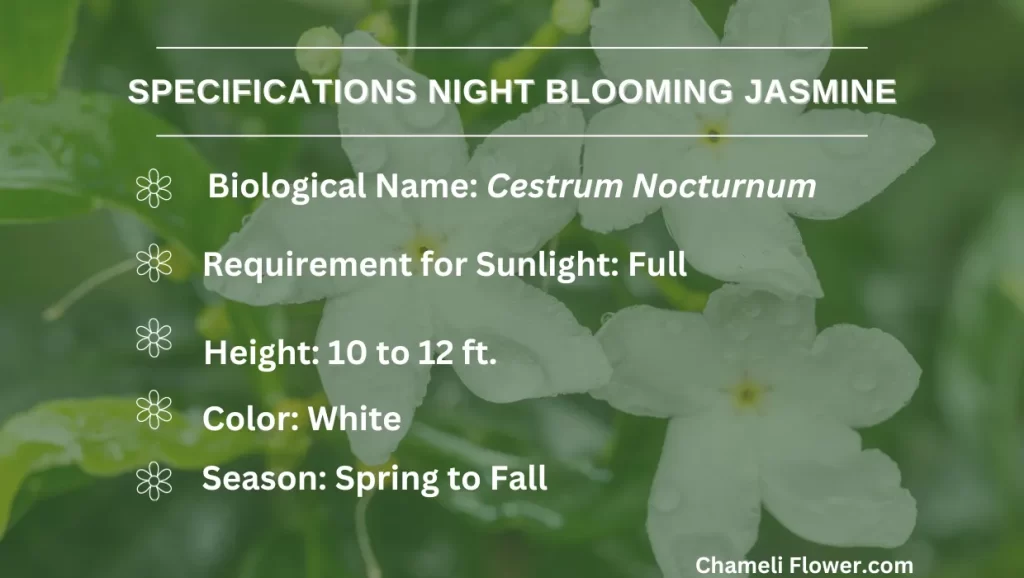
Growing Jasmine In Different Climates
Having correct knowledge about growing techniques and caring for jasmine would be a better experience for any person who loves to do gardening. Jasmine flowers may dazzle your garden or a piece of land with their beauty and scent whether you live in a temperate, tropical, or dry climate.
Temperate Climate
For temperate regions, all you have to provide is a sunny spot, well-drained soil and protect the plant from harsh winter frosts.
Tropical Climate
Ample sunlight and daily watering could make jasmine flowers flourish in your balcony or garden in tropical climates. But avoid over-watering to prevent root rot.
Arid Climate
Extra care is required if you are growing jasmine in an arid climate. Plant your jasmine flower in shaded areas, mulch the soil to retain moisture and water deeply.
Care Guide For Chameli Flower Plant
Sunlight
This plant requires full or partial sunlight. But if you are placing your plant away from sunlight, try to give at least 4- 5 hours of sunlight.
Watering
Proper watering is a necessary for the growth of the chameli flower and flowering. The soil must not go dry, it must be always moist. During the winter season water the plant once a week.
Pruning
Pruning is an important part of preventing your plant from any kind of illnesses, diseases, or damage. A regular pruning of Chameli is required and it gives a shape to the plants.
Pruning must be avoided in blooming periods. Remove dead leaves, flowers or stems by using hand shears.
Soil
The type of soil and pH are the two most important parameters for the best growth of jasmine flowers.
Soil must be rich in nutrients with PH 6.0 – 7.0. A mixture of compost, normal sand and garden soil will make the best-growing medium.
Fertilizer
Providing homemade fertilizers like compost tea or ground coffee powder would show better results. There are ready-made fertilizers available in the market also. Always go with a balanced use of fertilizers for better growth.
Temperature
A moderate temperature of 15-32 ° C is the best suitable temperature range for chameli flowers.
Support
Jasmine plant needs firm support to grow well. Different Varieties perform differently and can go up to a height of 20 to 30 ft. Hence, it is necessary to provide support and proper management.
Jasmine Flower Diseases
Diseases in the flowering plants cause serious damage and the same in the case of Chameli flowers if left unattended. Some common diseases of jasmine flowers are:
- Powdery Mildew
- Leaf Spot
- Rust
- Root Rot of Chameli Flower
Powdery Mildew
This fungal disease is caused by various species of Erysiphe and presents as a white, powdery substance on leaves and stems.
Leaf Spot
Typically caused by the bacterium Xanthomonas, leaf spot results in small, dark lesions on the leaves.
Rust
This disease, caused by fungal pathogens like Puccinia, appears as orange or brownish pustules on leaves and stems.
Root Rot
Root rot is caused by excessive soil moisture or poorly draining soil, leading to the decay of the plant’s roots.
Disease Management
To maintain healthy jasmine plants and prevent or address these diseases, consider the following action plan:
- Pruning: Regularly prune and thin out the jasmine to improve air circulation and reduce humidity. It will prevent fungal diseases like powdery mildew.
- Proper Watering: Water the plants at the base and avoid overhead watering, as wet foliage can encourage the development of leaf spots and rust. Ensure well-draining soil to prevent root rot.
- Fungicide Application: When required, use appropriate fungicides to treat fungal diseases. Always follow the manufacturer’s instructions for application.
- Sanitation: Remove and dispose of infected plants or plant parts to prevent the spread of diseases. Use sterilize pruning tools.
- Choose Resistant Varieties: Consider planting disease-resistant jasmine varieties to reduce the likelihood of infections.
- Monitor Regularly: Visit daily and inspect your jasmine plants for early signs of disease, such as discolored leaves, and take action to prevent further spread.
By following this action plan, you can minimize the impact of common jasmine flower diseases and enjoy healthy, vibrant plants in your garden.
FAQs:
Q: When is the best time to plant jasmine in the garden?
A: June and November are ideal for planting jasmine in the garden.
Q: What’s the fragrance of jasmine flowers like?
A: Jasmine has a sweet, floral fragrance that is often described as intense and exotic.
Q: Can jasmine grow indoors as a houseplant?
A: Yes, certain jasmine varieties (Dwarf and vines) can thrive indoors with proper care and adequate sunlight.
Q: What are the Different Names of Jasmine in India?
A: In India, it is called as Chameli, Mogra, Motia, Juhi, Jaati, Mulla, Malli Puvvu, Mallige, Mogra or Moonlight in the grove.

I am Yasir Riaz, an Agronomist for more than a decade. Helping local farmers and Gardeners to improve their crops and Gardens and overall productivity. In addition to my work in agriculture, I have also delved into the digital world as an SEO writer and blogger. Through my blog, I aim to educate and inspire others about the Chameli Flower (Jasmine).


